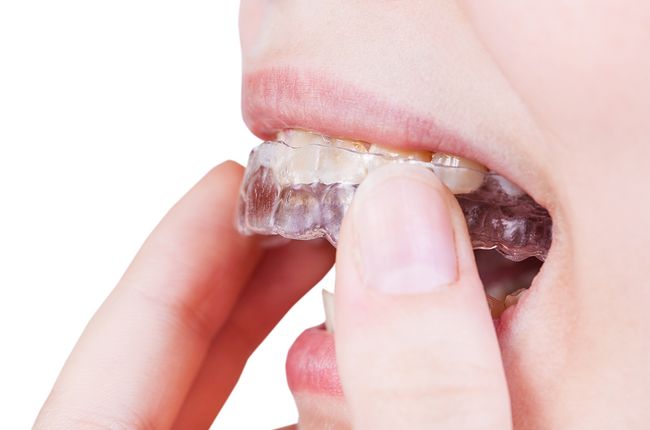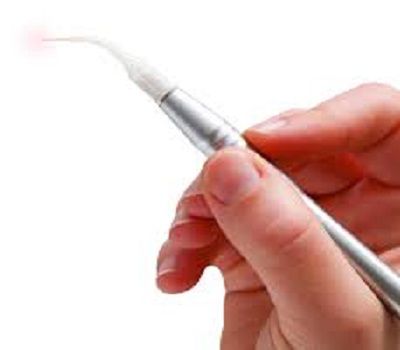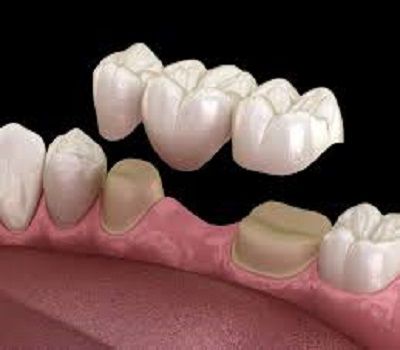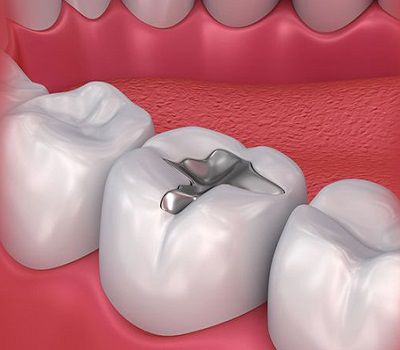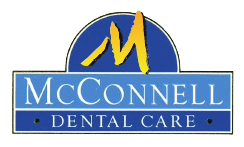SRP
Gum diseases like gingivitis and periodontitis are so common in people; their symptoms range from bleeding or swollen gums to higher levels of deterioration. In order to fight gum disease, routine cleaning is vital and important. However, when standard cleaning is not enough to fight gum disease, scaling and root planing or deep dental cleaning is provided as the treatment to patients with early to advanced stages of gum disease to help stop gum disease from progression and avoid tooth loss.
The objective of these procedures is to remove etiologic agents such as dental plaque and tartar, or calculus, which are responsible for gingival inflammation and disease. Scaling and root planing can be used as a stand-alone treatment for gum-disease or as a preventative measure.
What do Scaling and Root planing involve?
The process of scaling and root planing is done after a total examination of the mouth by visual examination and taking x-rays.
Scaling
During the scaling process, calculus and plaque that is attached to the tooth surfaces are removed. Scaling targets the area below the gum line, along the root. Scaling is performed either manually using a hand scaler or using an ultrasonic device. Hand scalers scrape the tooth surface, chiseling off calculus and plaque. Ultrasonic scaling tool makes the process more comfortable and effective. It includes an irrigation process used to deliver an antimicrobial agent below the gums to reduce oral bacteria.
Root Planing
Root Planing procedure is used to smooth teeth’s surfaces below the gumline. The presence of calculus or the rough spots on the teeth can increase the risk of the growth of bacteria. Root planing removes them before they can cause any further damage.
The Procedure
Both the root planing and the scaling procedure starts with the numbing of the gums. After that, special scraping tools are used to remove calcified tartar and other debris from the teeth. An ultrasonic tool will also be used to remove large pieces of debris, while a metal dental scraping tool is used to clean the teeth. A water irrigation system is then used to clean the area and wash the debris away, and the water and saliva are removed using a suction tool. If large pockets have developed, antibiotic fibers will be placed to prevent infection while the gums heal and the pockets close. The fibers will be removed once the area is healed.
Benefits of Scaling and Root Planing
The process of scaling and root planing offers a variety of benefits, including the following:
- Prevents cavities and tooth decay: The removal of plaque and tartar decreases the formation of cavities and gum disease.
- Allows gum disease to heal: If you already have gingival or periodontal disease, the removal of calculus and plaque will heal the gums and get rid of disease-causing bacteria. Removal of calculus using scaling and root planing procedure also helps fix bleeding gums, bad breath, and sore roots.
- Prevents tooth loss: Large periodontal pockets, and infection and decay around the tooth roots, can lead to tooth loss. Root planing and scaling can prevent these problems before they result in tooth loss.
- Protects the tooth’s roots: Scaling and root planing can protect the teeth roots when plaque and bacteria build up below the gum line.
- Eliminates bad breath associated with gum disease: Sometimes, gum disease and tooth decay can result in chronic bad breath. Treating gum disease using root planing and scaling procedure can help improve bad breath
Office Hours
Monday : 8:00 am - 5:00 pm
Tuesday : 8:00 am - 5:00 pm
Wednesday : Closed
Thursday : 8:00 am - 5:00 pm
Friday : Closed
Saturday : By appointments only.
Sunday : Closed
